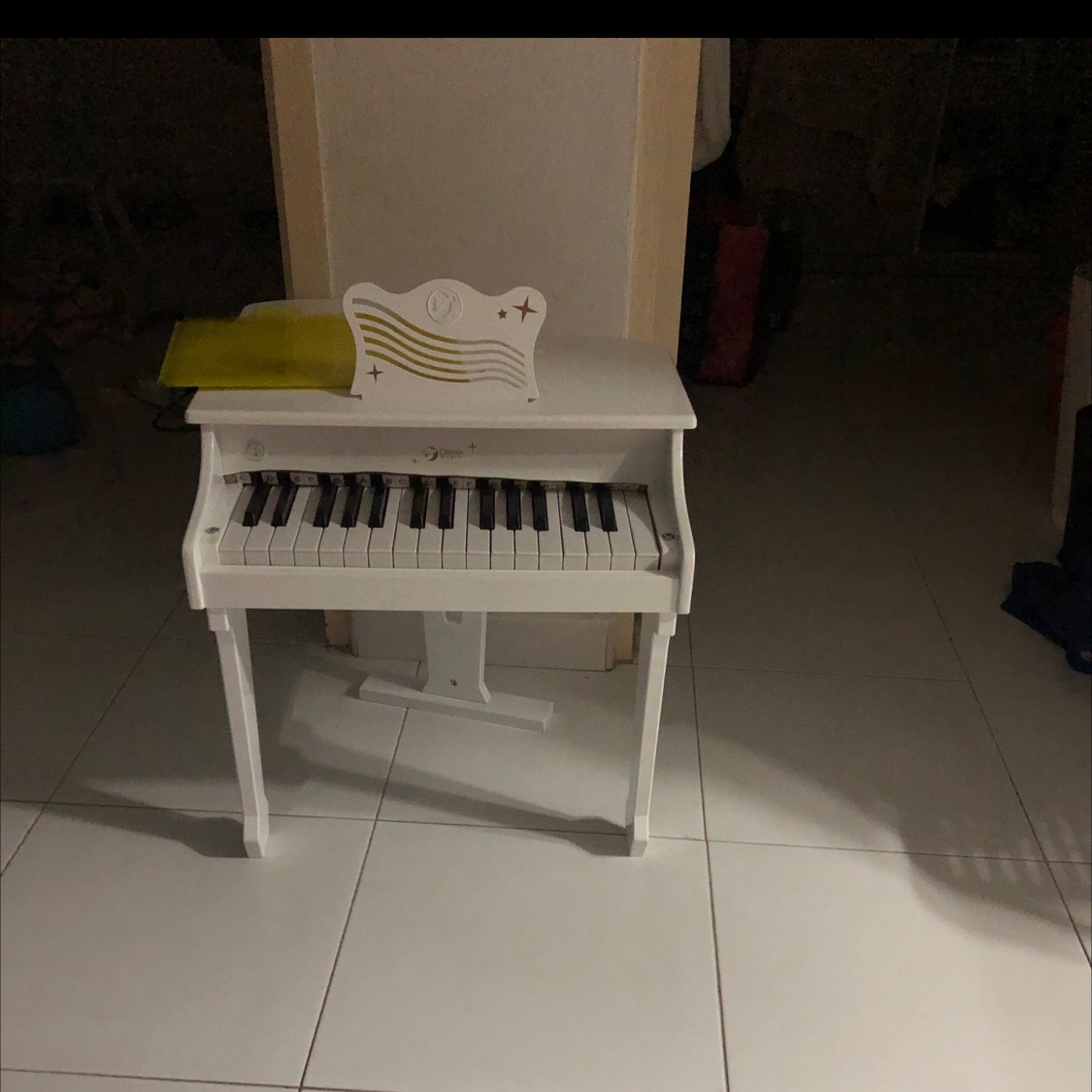
Jason138
暂无个人介绍
IP属地:未知
9关注
2粉丝
0主题
0勋章
Hints : market crash soon?
抱歉,原内容已删除
FYI
抱歉,原内容已删除
Nice
抱歉,原内容已删除
Hmmm
抱歉,原内容已删除
Unbelievable
抱歉,原内容已删除
Believe still be good for value investing
抱歉,原内容已删除
Buy buy. Don’t wait anymore
抱歉,原内容已删除
Good job
抱歉,原内容已删除
Hmmmm
抱歉,原内容已删除
Y not. Crash more better
抱歉,原内容已删除
Really effective or not
抱歉,原内容已删除
Hmmmm
抱歉,原内容已删除
For the first time. Lolz
抱歉,原内容已删除
Just buy at dip. Hold on. Then sell it
抱歉,原内容已删除
Already tip top liao
抱歉,原内容已删除
Fear fear fear. Good bargain time
抱歉,原内容已删除
Bargain coming soon
抱歉,原内容已删除
Please push up the oil price. Thanks
抱歉,原内容已删除
$People's United(PBCT)$Good return. Hehe
Job opportunity for certain sector and lost of job for certain sector.
抱歉,原内容已删除
去老虎APP查看更多动态